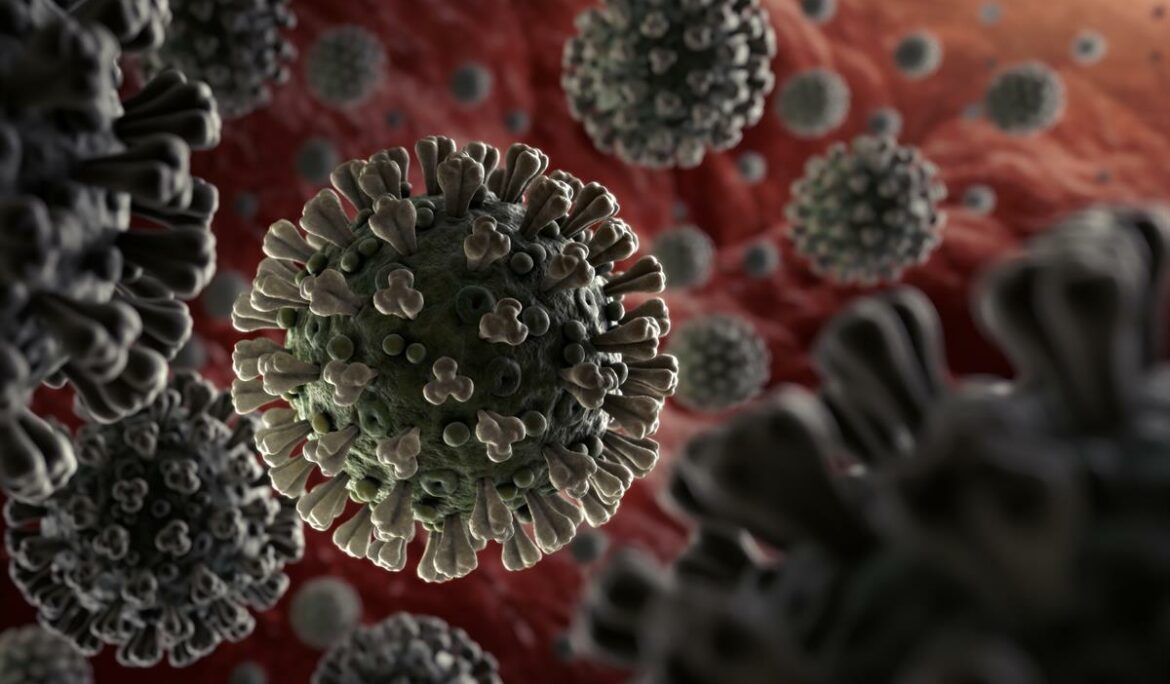Catapulting Cadavers: A Medieval Practice of Biological Warfare?
Introduction to Historical Notes, Issue #2 The Mongol siege of Caffa in 1346 is closely associated with the spread of the plague epidemic to continental Europe and northern Africa. A major Genoese trading post in the Crimea, its citizens escaped via the Black Sea and the Bosporus, eventually bringing the Black Death to Mediterranean ports from where it spread inland or onward to coastal cities in west and north Europe, eventually reaching even Iceland. Bad as the medieval pandemic was, its transfer to the Mediterranean basin some authors have attributed to an act of warfare: the catapulting of plague-ridden corpses …
de Mussi and the Siege of Caffa: Origin of a Biological Warfare Allegation
The plague pandemic that hit central and western Asia, the Mediterranean societies and western and northern Europe in the middle of the 14th century features in all present-day historical narratives of chemical and biological warfare. To many writers those events underscore the potential of massive destruction in terms of both human and economic losses to societies. They also tend to ascribe the pandemic’s origin to a specific deed, namely the catapulting of diseased bodies into the Crimean town of Caffa by Mongol besiegers in 1346. Fleeing citizens carried what became known as the ‘Black Death’ to Mediterranean ports from where …
Implementing BTWC Article VII: Some thoughts for the Meeting of Experts and the Review Conference
[Text of a pre-recorded video ahead of an international webinar on 12 November providing an opportunity for informal discussions on topics to be considered by the Meeting of Experts on Assistance, Response and Preparedness (MX4).] Excellencies, Ladies and Gentlemen, Colleagues, I am Dr Jean Pascal Zanders from Belgium and an independent disarmament researcher and consultant at The Trench. My focus is on the elimination and prevention of re-emergence of chemical and biological weapons. I have been regularly following meetings of the Biological and Toxin Weapons Convention (BTWC) since the Fourth Review Conference in 1996. I am honoured to introduce the …
Debunking the myth of Nazi mosquito-borne biological weapons
Starting at the end of January, several press items reported on an academic article published in the December edition of the quarterly magazine Endeavour. Based on documents from the Dachau concentration camp, Dr Klaus Reinhardt, a biologist at the University of Tübingen uncovered that Nazi scientists wanted to use mosquitos as insect vector for the delivery of malaria plasmodium protozoans. According to the article abstract: In January 1942, Heinrich Himmler, head of the Schutzstaffel (SS) and police in Nazi Germany, ordered the creation of an entomological institute to study the physiology and control of insects that inflict harm to humans. …



